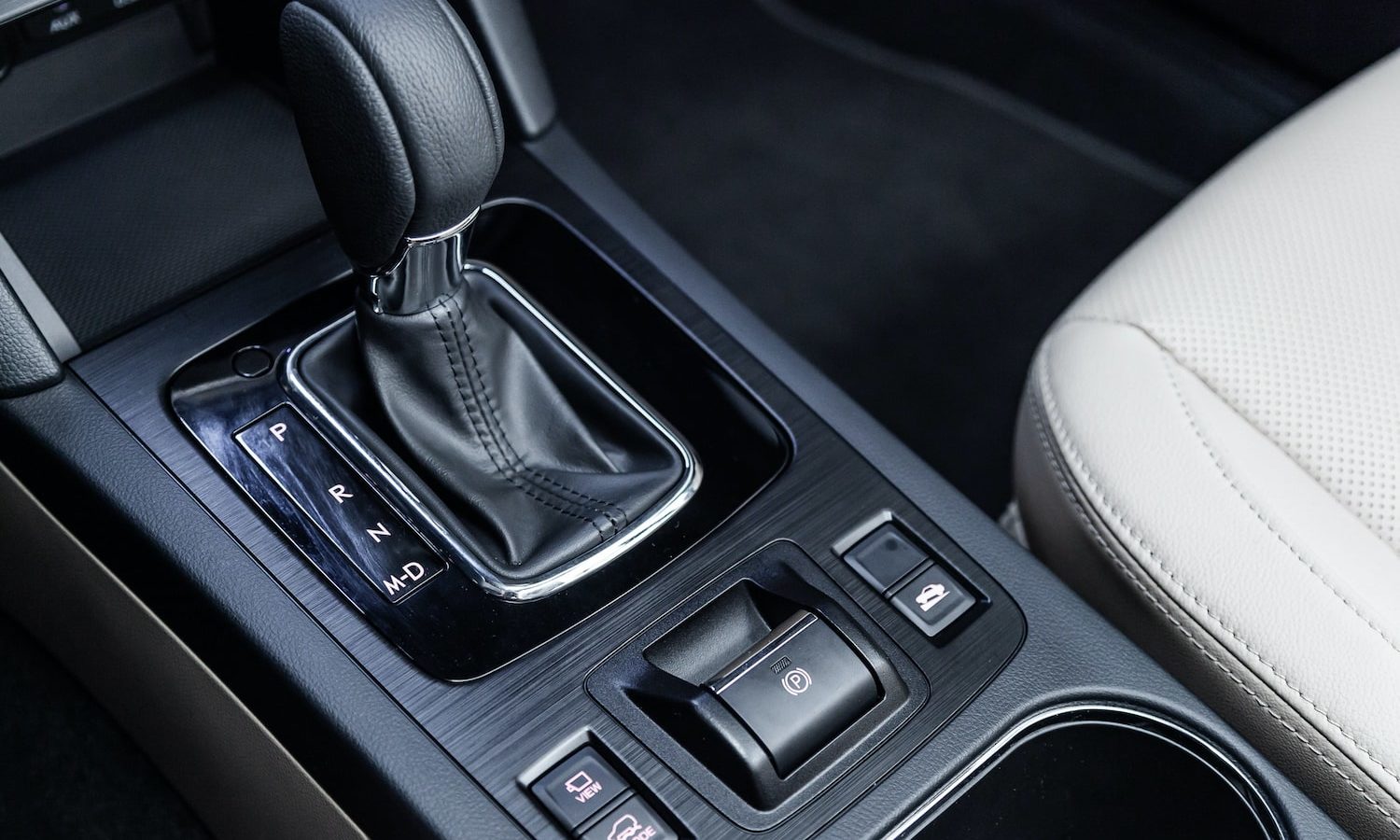Over the past 100 years, it’s easy to see how much cars have evolved in design, technology, safety, and efficiency. But while the introduction of supercharged engines and emergency braking systems, some of the most important yet overlooked changes involved transmission development. The transmission is one of the most critical car parts, and drivers need it to work correctly to keep their vehicles running. With several types available, understanding what each one does and how their differences can impact your driving style and needs as a motorist can be confusing. Let’s explore each type and how you can determine which one is in your car.
What Is the Purpose of a Car’s Transmission
A car’s transmission is its gearbox that helps convert engine power into momentum. Depending on your driving speed, your car’s clutch—a car component that changes the gears—engages a particular gear set in the transmission to move your vehicle. Without a properly functioning transmission, your car won’t move. Why? Well, this critical component is what your vehicle needs to transfer power from the engine to the wheels. Ultimately, the transmission you have will directly affect gear changes when you slow or increase your driving speed.
What Are the Different Transmission Types?
There are two main types of transmissions: manual and automatic. However, automatic transmissions include a few variations. Let’s look at each type and the different impacts they have on driving:
Manual
Most people recognize the manual transmission by its other names—stick shift or standard. And as its names suggest, a driver must manually change a car’s gears using a movable gear stick and a driver-operated clutch pedal to shift the car’s speed. However, the number of gears a manual transmission has can vary between three and six—the most common being the five-speed transmission. And while the manual transmission is the oldest and original type, it’s also one of the most challenging for drivers unfamiliar with gear-shifting maneuvers. There’s a learning curve to figure it out. But once you do, you can benefit from cheaper maintenance, better gas mileage, and improved driver awareness——you have to pay attention to what you’re doing at all times.
Automatic
Although the automatic and manual transmissions are similar—they both have gear sets and a clutch—the transition in gears occurs immediately in motor vehicles with automatic transmissions. Instead of a driver having to shift the clutch, a vehicle’s onboard computer takes over, controlling the gear shifting as a car’s speed increases or decreases with the gas and brake pedals. Simply put, you don’t have to pay as much attention to your vehicle while driving as you do with a stick shift. Hence, automatic transmissions are the most commonly used type today because of their ease of use. Yet despite being simpler to drive, automatic transmissions are costlier to fix and maintain. Because their parts are more complex, they break more frequently. In addition, automatic cars are less fuel efficient than manual ones.
CVT (Continuous Variable Transmission)
The CVT, also known as the single-speed or shiftless transmission, comprises pulleys and belts instead of gears to create a steady, smooth acceleration when transitioning from different driving speeds. With this design, the engine power stays in an ideal range, constantly spinning, improving fuel economy and performance. Thus, CVTs are the most fuel efficient.
However, repairs can be pricey. Since they do not use a conventional gear assembly, CVT replacement parts and labor costs are more expensive. Technicians must also have specialized training to repair and replace them, making it harder to find a mechanic.
Dual-Clutch Transmission (DCT)
This less common transmission is a combination of manual and automatic transmissions. DCT vehicles contain two clutches, which control even and odd gears, allowing drivers to shift seamlessly without disrupting power delivery. While you engage one clutch, the other disengages, letting you speed up fast and smoothly. DCTs are more prevalent in high-performance cars and more complex and costly to repair.
How Do You Determine a Car’s Transmission Type?
One of the easiest ways to identify car transmission types is by checking vehicle owner manuals. But be aware that these guides can list information for multiple models. For example, suppose a manufacturer offers manual and automatic options for the exact car model. In that case, you may find both sets of information in your guide.
Another option is to refer to your Vehicle Identification Number or VIN. As a code with 17 numbers and characters, each one relates to a specific car feature. By referring to numbers 4 through 8, you can decode your car’s transmission type by checking out a free online VIN decoder website like Decode This.
Finally, you can look for stickers on your car driver’s door or near the glove box. The sticker you want to refer to will list manufacturer information about your engine and transmission type. Of course, as most modern cars have a center shift console, you can quickly tell if a vehicle has a manual transmission due to the presence of a clutch pedal.
Are Transmission Repairs Expensive?
Transmission repairs and replacements can come with a hefty price tag. In fact, RepairPal reports the average cost of a transmission replacement is between $5,092 and $5,291. Therefore, keeping up with preventative maintenance and recognizing problems before they become giant headaches is critical to car ownership.
Be sure to have your mechanic check, change, or flush your transmission fluid when necessary. You can have a technician inspect your fluid levels when you take your car in for an oil change. Also, watch for warning signs like:
- Check engine light illumination
- Power lags
- Rough gear changes or slipping
- Burning smells
- Fluid leaks
Is Saving Money on Transmission Repairs Possible?
Ensuring your vehicle has an active car warranty is one of the most proactive steps you can take to protect your car and budget. Before or after your original factory coverage has run out, you can invest in an extended auto protection plan to help protect you from high out-of-pocket repair costs. In fact, you can buy a powertrain warranty, which will specifically cover the most crucial car components, like your engine and transmission.
Find the right breakdown coverage plan for your needs by exploring several top-rated providers and comparing policies, pricing, and extra benefits. Start your search today by checking out our top picks here.





